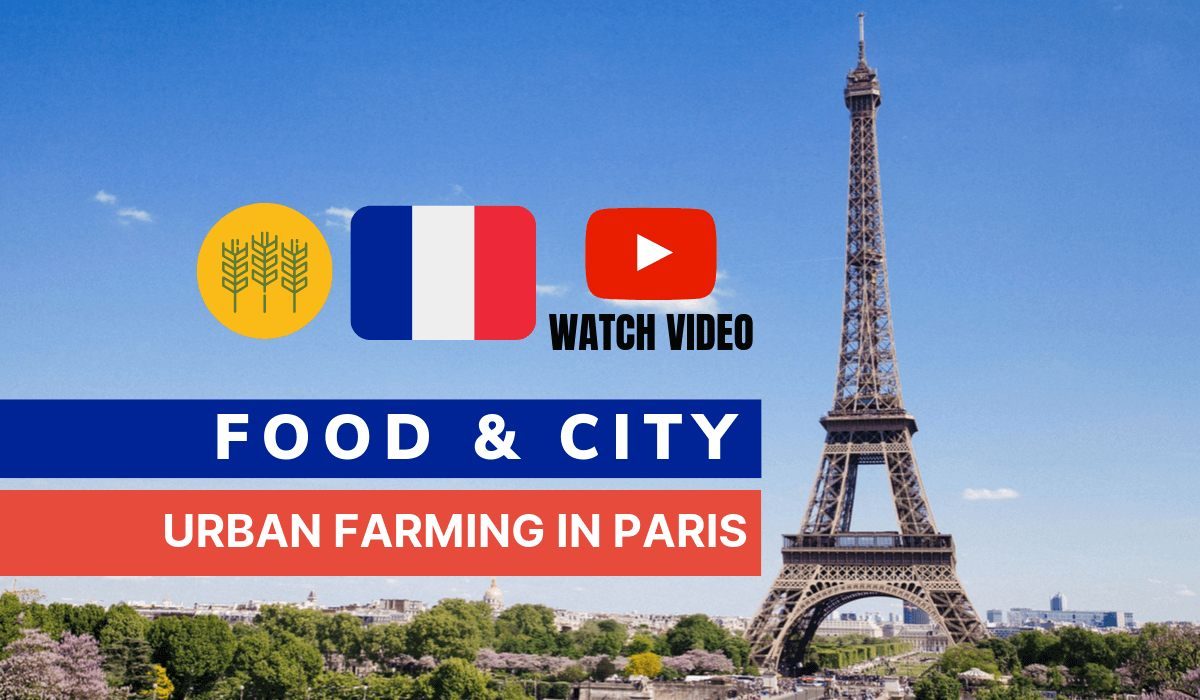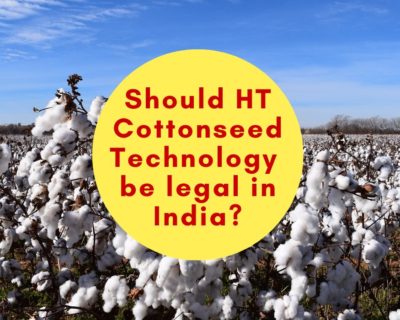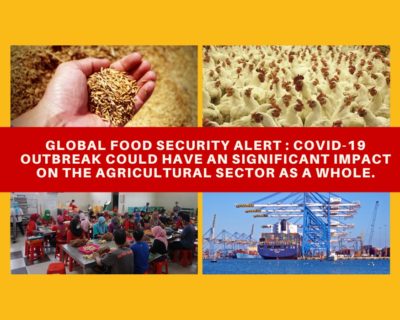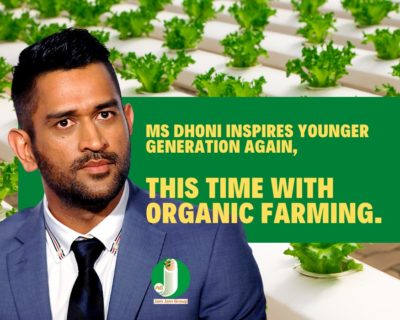
Food and the City: Urban farming in Paris
Is the farm of the future? In this episode down to earth we meeting the people feeding the city using the city space. We call them Urban Farmers. My name is Nicolas torossian, I’m an urban farmer. I look after strawberry plants. This is my office. This is where i work, its my open space. You can see a pretty bumblebee in the frame. Each container produces seven tons of strawberries per year, regardless of the season, which corresponds to 4000 square meters of agricultural land. We grow strawberries using aeroponics and vertical farming. So you can see here the small columns where we plant our strawberry plants. All of this grows is a closed circuit, a reservoir delivers water and nutrients to the columns and the roots are watered using mist, without any support, without any soil, it allows us to avoid transporting strawberries on average 1500 km from overseas, because here we can grow excellent strawberries five minutes from where they are sold. We have not yet established our carbon footprint, we’re working on it. What I really like about this job is being able to follow the strawberries from the beginning to the end. Each farmer has his own zone and takes care of it like its own home, his own babies, his own strawberries.
There was once a time when Paris was able to feed itself. In the 18th century, three quarters of the city was devoted to farming, by 1900 there was almost nothing left. And now there was all today. Paris Mayor Anne Hidalgo, she wants to create 30 hectares of urban agriculture. That’s a mere 0.3 percent of the total surface area; it could be enough to feed up to 10 percent of the residents.
My name is Etienne Le Bideau, I am the coordinator of the urban agriculture training at the Ecole du Breuil. The school at 150 years old. At the time it was founded to train the gardeners of the city of Paris, and four years ago we established the first course on urban farming. There are more and more people interested in urban farming. Last year we had 130 applications for 24 places. One of the characteristics of urban farming is that it occurs in spaces with constraints, lot of constraints. We have very spatial constraints, for example we have to grow high up, we have to grow vertically on the facades of walls, we also have to grow in soils that receives very little light, we have spaces that are polluted… The purpose of urban agriculture is not to feed a city or at least not a whole city. We have to be careful, we won’t be able to install thousands of urban farmers in the city, but I believe it’s a job of the future because these are new roles and they are here in response to a social demand, but also an environmental demand.
I am Pascal Hardy; I am the founder of Agripolis which develops urban farms in Paris and all over the place. We are currently working on the installation of a very large farm that will be installed which will be built at Porte de Versailles. The farm itself will occupy 14,000 square meters so it’s, as far as we know, the biggest rooftop urban roof farm in the world. The systems we are going to use is the same as the one you can see here, We are going to grow around 30 varieties of fruit and vegetables. On the columns and watering systems that we can see around us, the harvest during the high season will be around one tonne of fruit and vegetables per day. It’s a lot. My personal story is a tale of resilience. I had an accident I’m in a wheelchair. And the same way if I dare to say it, by analogy, with urban farms we’re building a city’s environmental, social and economic resilience. From the moment cities are hit today, notably by climate change, they must develop in a way that allows them to live differently. And being able to eliminate food miles, create cool zones, green the city, that’s what building resilience is. And i think cities are ready for that, in any case there’s a need, we are new farmers in the French landscape.
This news has been published in France 24 YouTube channel without modifications to the text.







